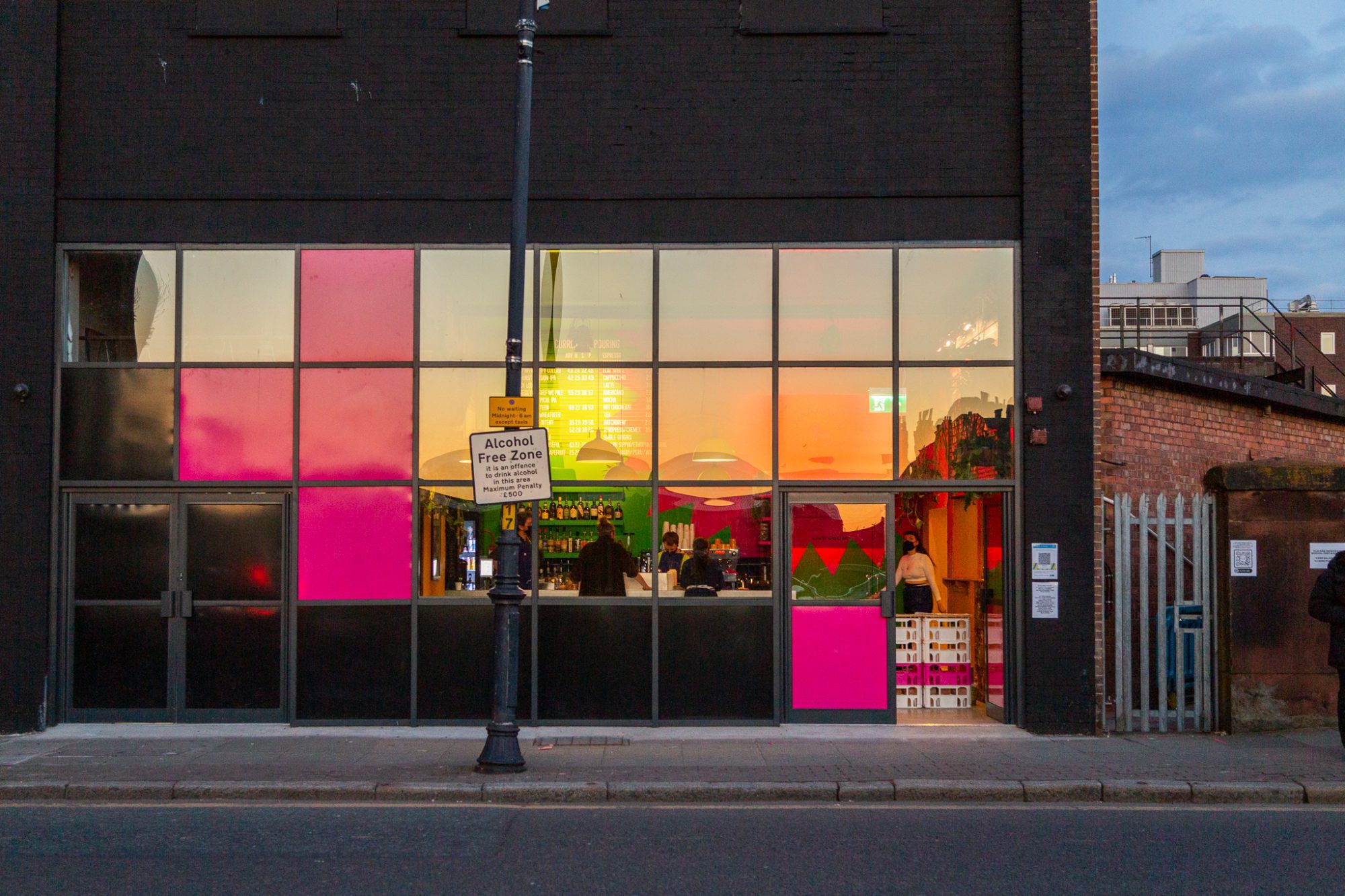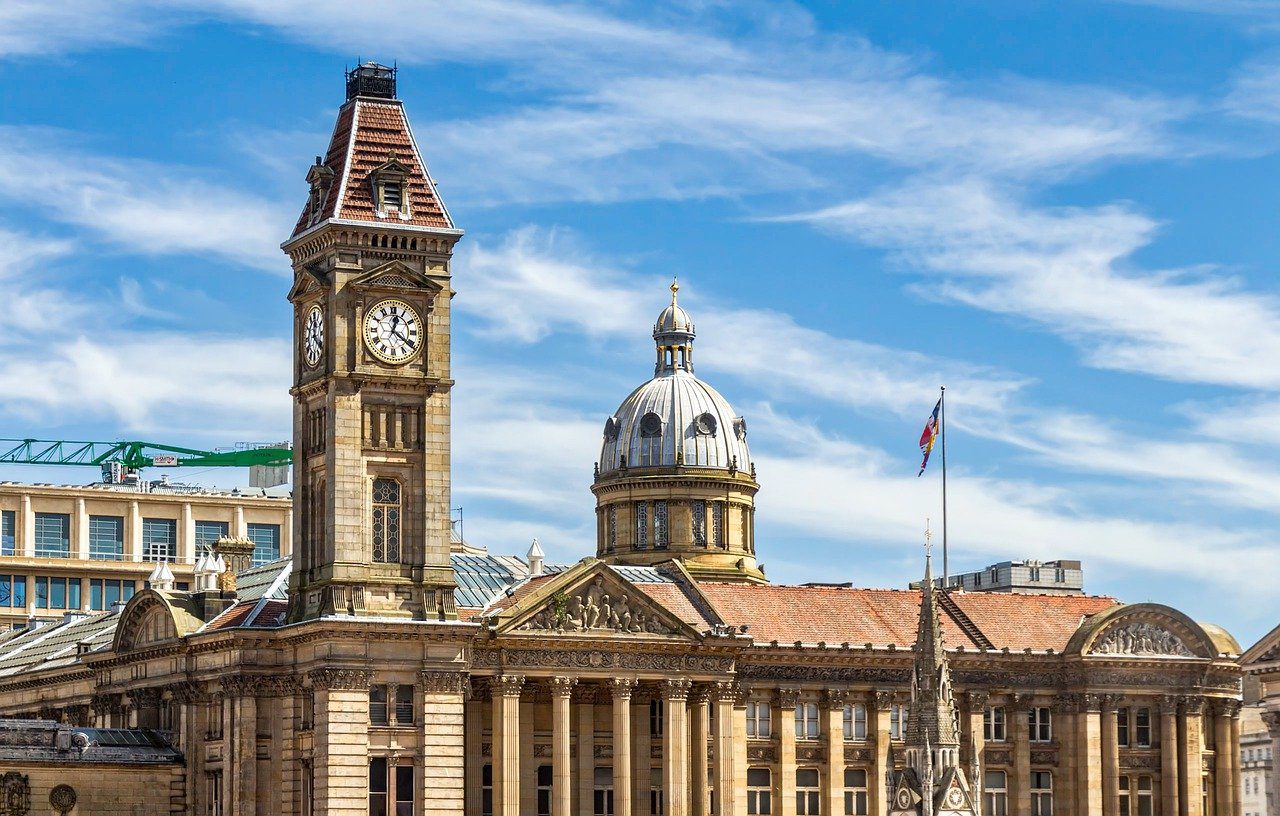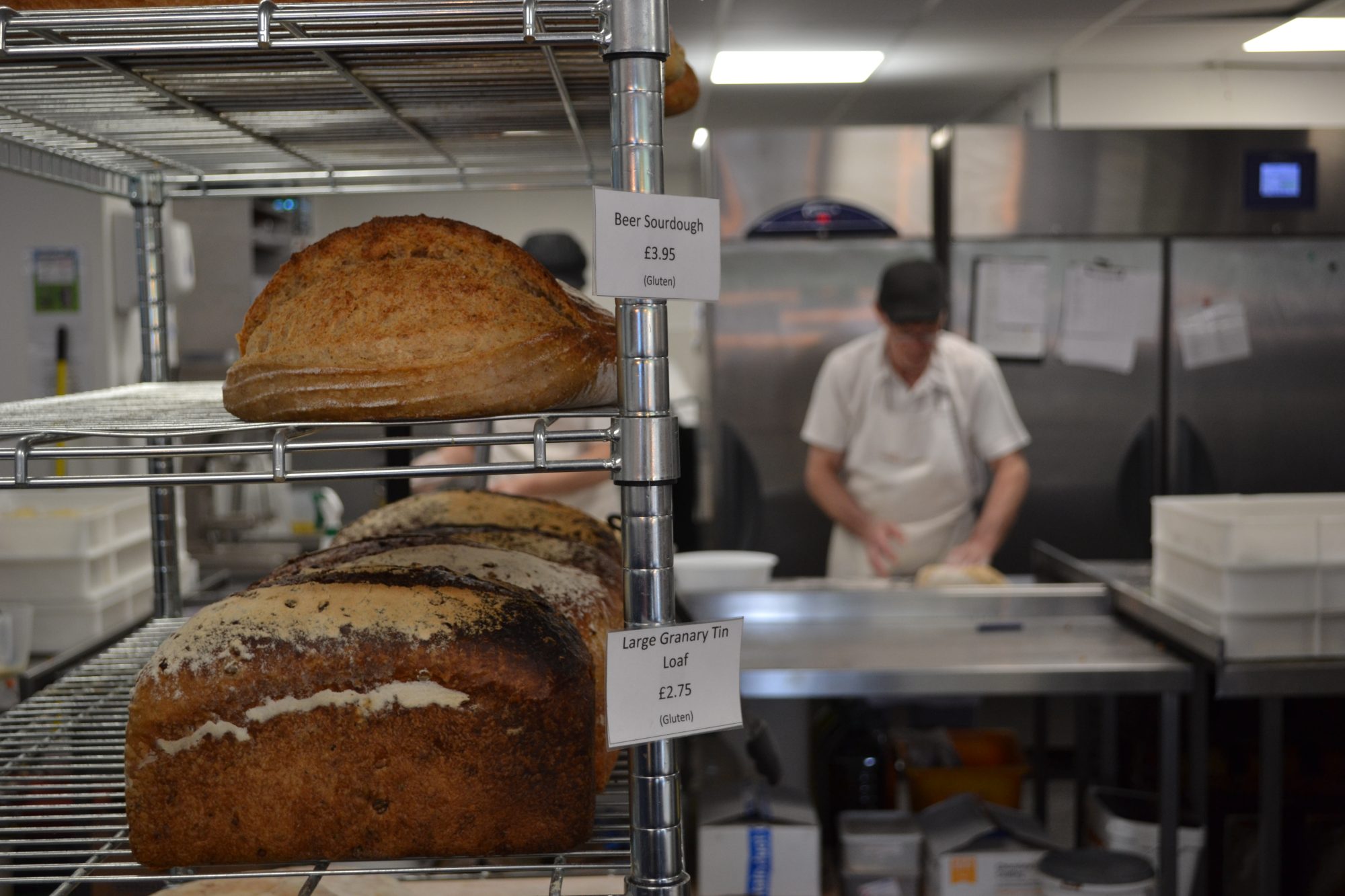
Jessica Craig
Policy Officer

Ailbhe McNabola
Deputy Chief Executive
How does the private sector contribute to social infrastructure? This is a question Power to Change has set out to explore in a new collaborative project with the Bennett Institute for Public Policy at the University of Cambridge – building on work we commissioned jointly with the British Academy last year.
When we consider social infrastructure, we typically consider the spaces that are designed to bring communities together and create a sense of belonging, such as village halls, community centres, parks, and libraries.
These are generally publicly owned spaces and form the focus of public sector strategies to tackle local social challenges. In recent years, these spaces have also been the target of community campaigns to save local assets from the threat of spending cuts, reflecting their significant value to local people. Some of these assets have even been brought into community ownership to protect the benefits they provide to local people, such as Stretford Public Hall in Trafford, Greater Manchester. This was transferred by Trafford Council to the Friends of Stretford Public Hall in 2015 and is now run by local people as a flourishing community asset.
But beyond these public assets, there are a broad variety of privately owned spaces which function as social infrastructure and play an important role in creating local connection and identity, such as pubs, cafés and shopping centres. The research we published last year with the British Academy, the Bennett Institute and the Institute for Community Studies highlighted how privately owned spaces like supermarkets which are intended to serve another purpose can function as ‘accidental’ social infrastructure.
With this new research, we want to explore the policy implications and opportunities of including these spaces in conversations about social infrastructure. With the Bennett Institute, we will investigate how privately owned spaces can function as social infrastructure in both planned and unplanned ways, and how communities can be involved in their development as social infrastructure.
How do private assets function as ‘unplanned’ social infrastructure?
Retail spaces, like supermarkets, convenience stores, shopping centres, and markets are sites of physical and social interaction for many people. The forms of social interactions that people experience in these spaces vary, from minor social contact with those they do not know (known as ‘weak ties) to accidental or intentional meetings with friends and family (‘strong ties’). A 2019 survey of Bury Market found 74% of market users bumped into someone they knew when they visited. Through regular encounters, these spaces break down barriers between groups and can promote social inclusion, particularly for older people and marginalised communities.
Some large retailers are already taking a more intentional approach to strengthening social infrastructure by employing ‘community champions’ to administer donations, organise volunteering in the local area, and organise the use of space in their shops by community groups. There is enormous potential to enhance the social role of these spaces in ways that can fulfil local needs and policy objectives. Finding a way for private asset owners to enhance the function of their spaces as social infrastructure in a way that makes commercial sense could transform local communities and how we envision social infrastructure more broadly.
And how can collaboration with communities bring new purpose to private assets?
We will also examine the role of communities in repurposing privately owned spaces to serve a social function. Traditional high street retail has long been in decline, driven by the rise of online and out-of-town shopping and the impact of the successive crises of the pandemic and high inflation on our spending. Some estimates suggest there is now a 40% oversupply of retail space on our high streets. However, with this decline comes an opportunity to imagine a more diverse, inclusive and long-term offer for communities on our high streets.
Power to Change’s research has shown that community businesses are key to this high street revival. They bring vacant and underutilised spaces back into use for community benefit, deliver services that align with local need, creating jobs and opportunities for local people, and keep the wealth they generate in the local economy. These community-run assets also serve as ‘destination spaces’, which promote footfall to other local businesses, improving high street viability.
Over the coming months we will be undertaking research and conducting roundtable discussions to understand how private spaces can function as social infrastructure and to develop practical ideas for private asset owners, communities and local authorities to work together to create and maintain the kinds of privately owned spaces that communities need and value.



